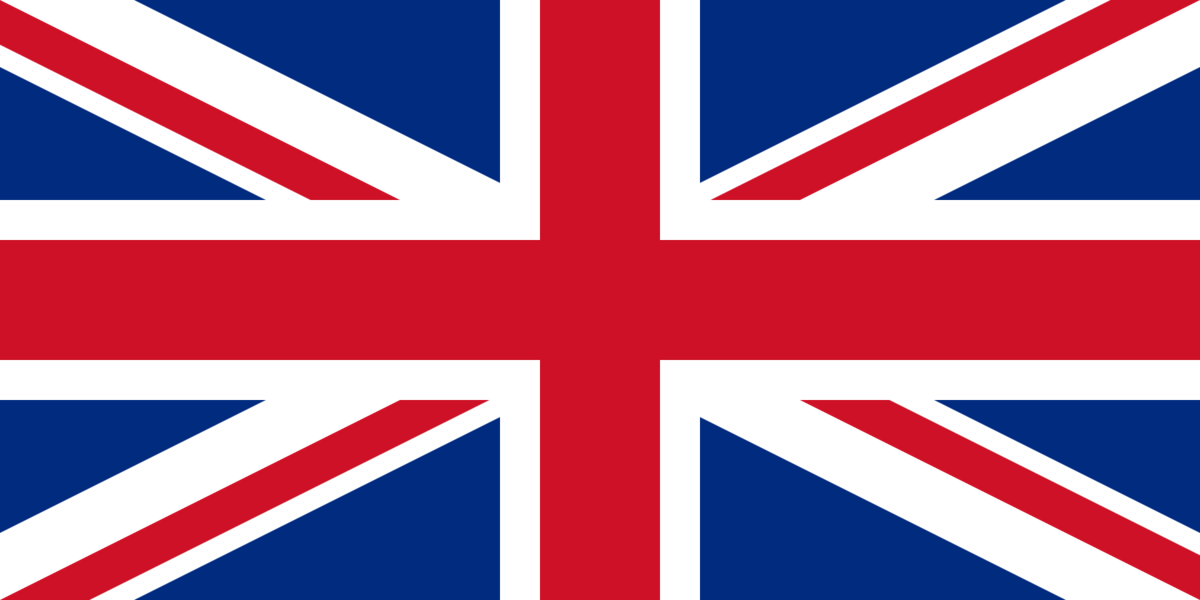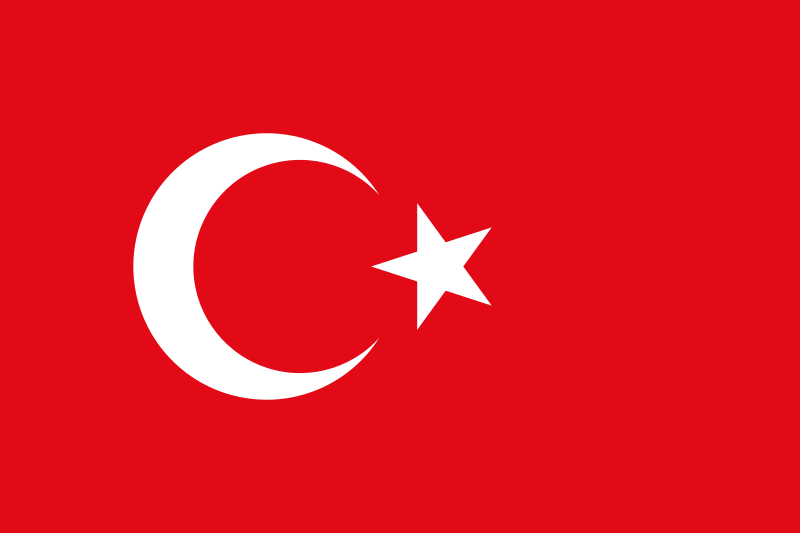Rhinoplasty, also recognized as a nose job, is a surgical process to reshape the nasal skeleton which results in changed underlying structures so that the form and function of the nose will improve. Some patients undergo nose job surgery to accomplish a balance between their nose with the rest of the facial features while the others to take a clear and calm breath.
Outcomes Of Rhinoplasty
All desired changes in nose can be done with rhinoplasty. The size of the nose can be reduced also increased (asian rhinoplasty). Dorsal hump can be removed and a slight dorsum can be achieved. Tip of the nose can be fixed (tipplasty), nostrills can be narrowed and the angle between nose and mouth can be increased and a stylish nose angle can be done. Also in rhinoplasty, correction of nasal cavity with removing the deviated nasal septum or conchal reduction (with lateralisation or radiofrequency).
A person who is at least 18 years old who is unhappy with their nose appearance, has realistic expectations of nose surgery, has completed facial growth and is in general good health is candidate for nose surgery.
Rhinoplasty must be done in a hospital under general anesthesia. With general anesthesia, you’ll inhale a drug or get one through an IV that will make you unconscious.
You are going to stay at hospital one night after the surgery.
A small external splint will be applied to your nose to maintain support and keep the structure secure also an internal splint for at least 5 days. Your face may feel swollen, especially the first day following surgery also you can feel pain in the first days. Medical team will prescribe you appropriate drugs during hospital stay and after your discharge. You are going to apply ice around your nose only in the first day after the operation.
The internal and external splints are taken out on the 7th day of the surgery and a medicated plaster will be applied and stay there for 7 days. Absorbable stitches are used in rhinoplasty, meaning they’ll dissolve and won’t require removal.
Follow-up care is important after rhinoplasty. Be sure to keep your appointments and follow your doctor’s instructions.
You should be able to return to work or school in 15 days.
But be especially careful about sun exposure. Too much could permanently discolor the skin around your nose.
Avoid blowing your nose for two to three weeks after the surgery. It is strongly advised not to put any pressure on your nose, such as wearing heavy sun/eye glasses for 3 to 4 weeks. To prevent scarring you should avoid smoking. Aspirin and other blood thinners should not be taken for two weeks after nose surgery.
After six months of nose surgery, the swelling will wear off and shape of your nose will has is final appearance.
General risks for rhinoplasty are Bleeding injury of septum, skin changes, infection, nasal blockage, complications of anesthesia. All of these are managable problems with a proffesional team. Also ıf you follow all the instructions of your medical team you can avoid these risks succesfully.

Revision Rhinoplasty
There can be a need for a simple intervention for little deformities that can be seen after primary rhinoplasty. They can be managed sometimes in outpatient office, also under local rarely general anesthesia. For deciding a revision rhinoplasty surgery you must wait 6 months after primary rhinoplasty.
Also depending on the previous surgery, there can be need of ear or costal cartilage use. Through revision rhinoplasty process surgeon is going to make detailed physical examination, also computerised tomohgraphy of the nose and, detailed information about previous surgery will be neccessary.
We perform succesfull revision rhinoplasties for our patients also other doctor’s patients.
What İs Closed Rhinoplasty?
This nose surgery, known as closed rhinoplasty, is one of the most frequently used surgical techniques in recent years. In contrast to open surgery, there is no need to open the soft tissues inside the nose and the skin of the nose during closed surgery. The nose is not just bone, cartilage and skin. There are bonds that provide softness, mobility and make it look smooth. With this technique, both skin and soft tissue are damaged much less and without incising the ligaments at all, the operation is performed without flapping. For all these reasons, the patient's recovery process is shortened. There is no scar left after surgery. Closed rhinoplasties are operated on every patient group, including revision surgeries, deviation surgeries
In closed nose surgery, all the incisions are made through the nostrils. In this way, suture marks do not occur as in open rhinoplasty at the tip of the nose. In closed rhinoplasty, general anesthesia is usually preferred. The operation takes approximately 2-2,5 hours.
The patient is kept in hospital overnight after the surgery. According to open surgery, the patient's face is less bruised. Swelling in the face is normal. After the closed surgery, the plaster is removed on the seventh-eighth day. The plaster mentioned here is not a known type of plaster. It is defined as "thermoplastic split". Most of the time, silicone leaf-shaped tampons are placed inside the nose. They are also removed on the third-fourth day. In general, the patient's age, skin condition, health conditions, smoking does affect the healing process. When all conditions are normal, it looks like there was no surgery on the 12-13rd day. The full recovery period is 6 months.
There is a belief among the public that the nose may fall down after closed rhinoplasty. This is extremely wrong. There is no such risk if done in expert hands.



